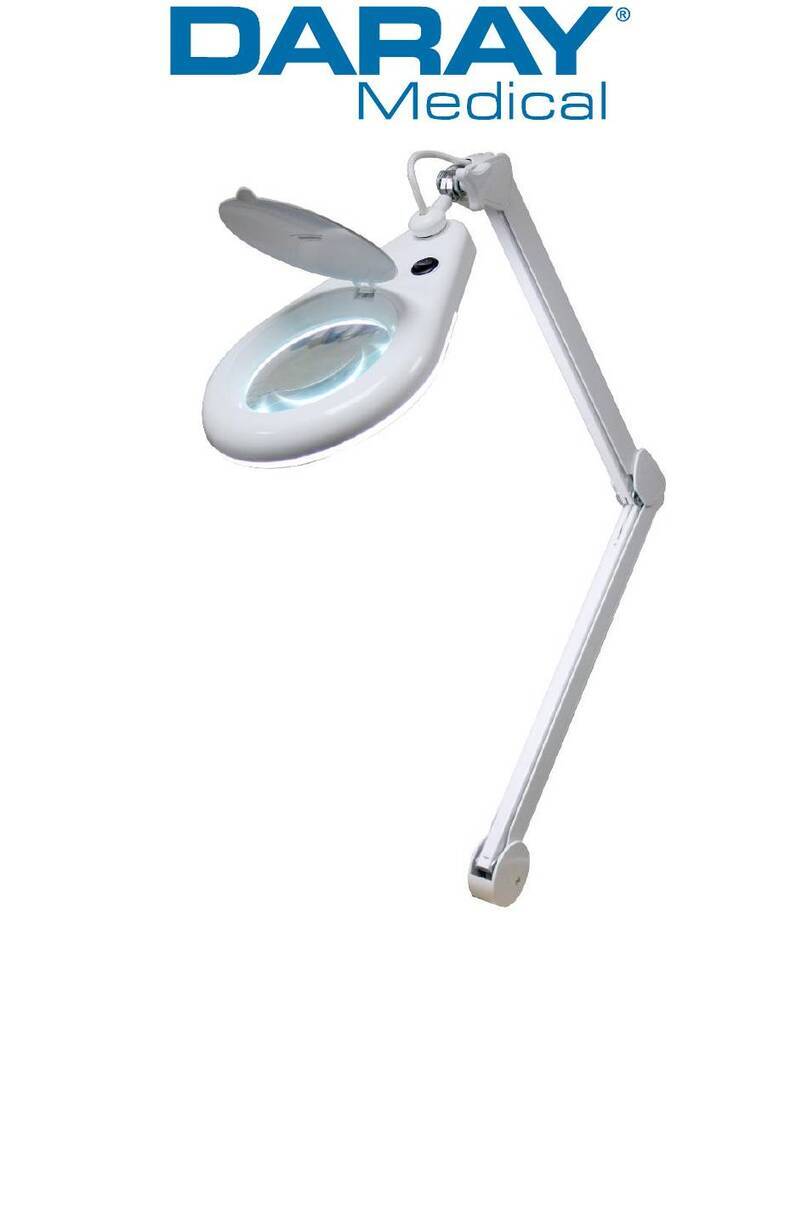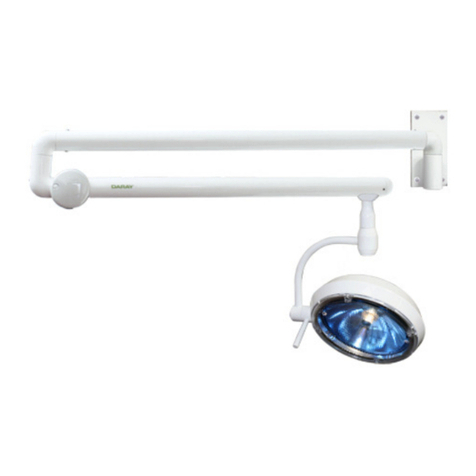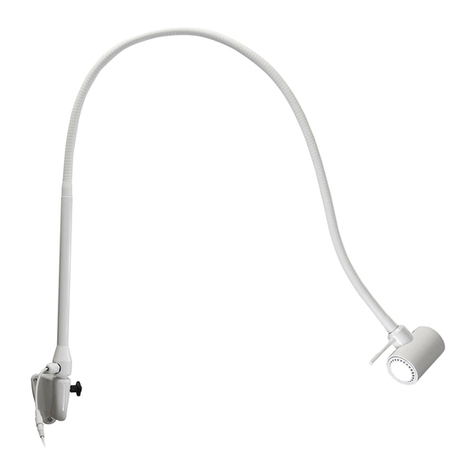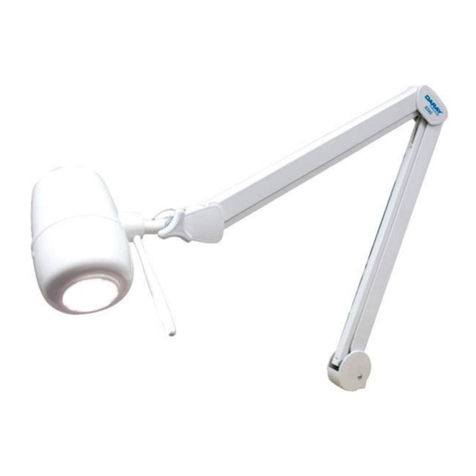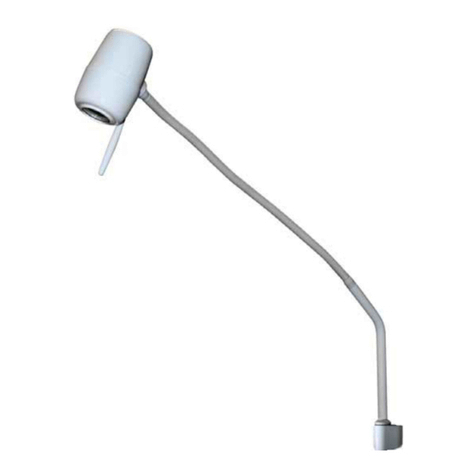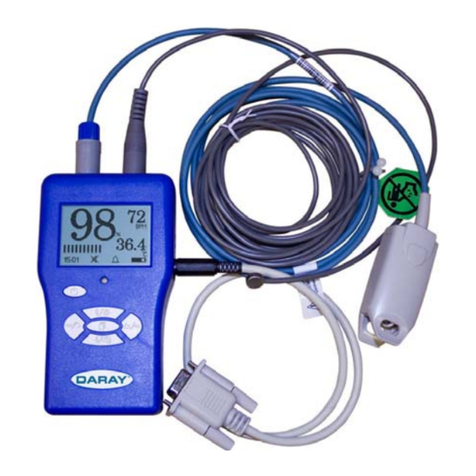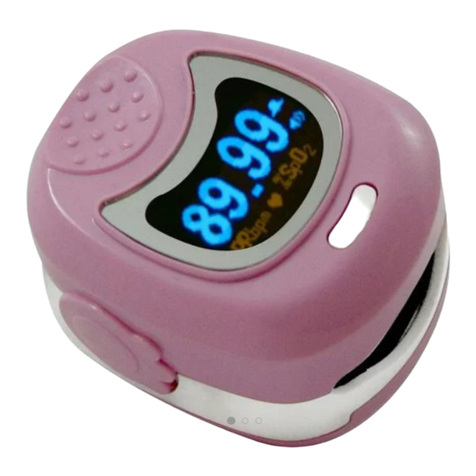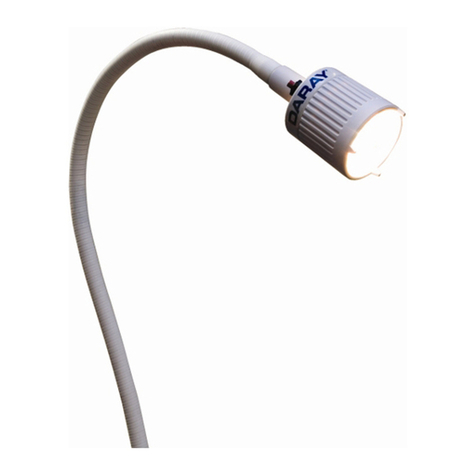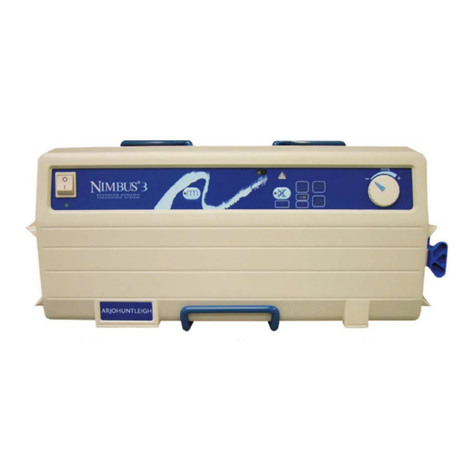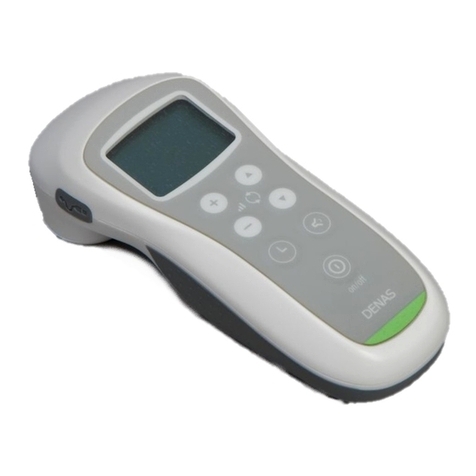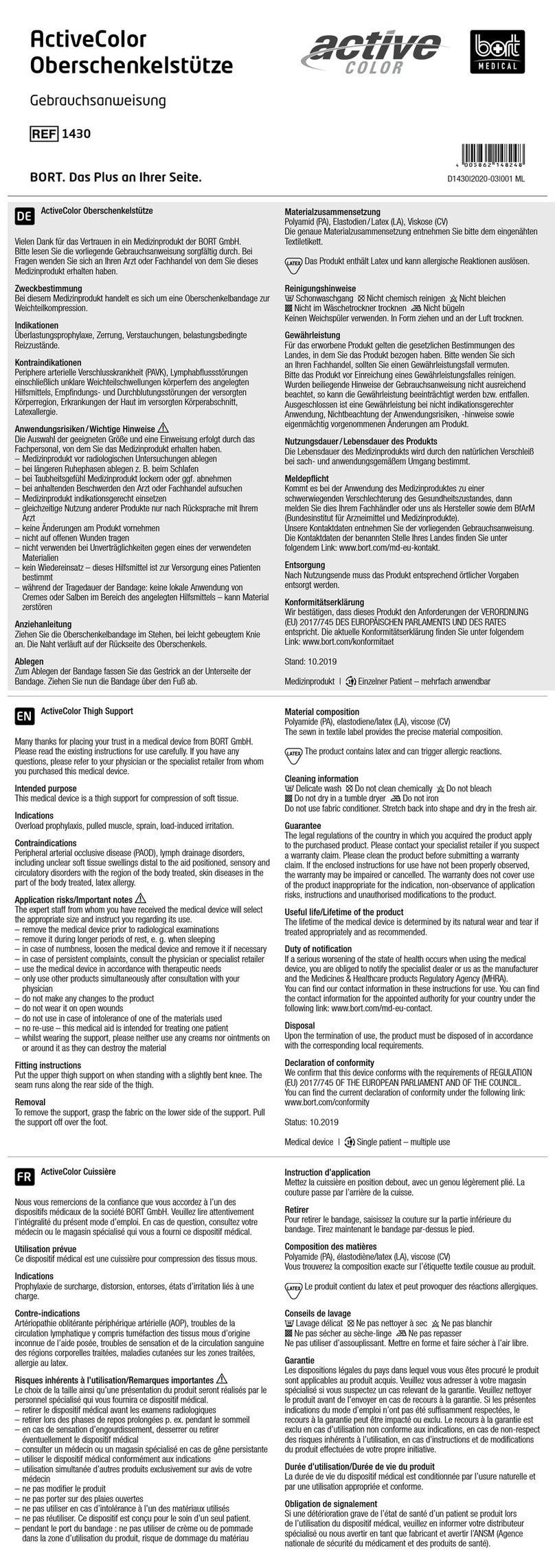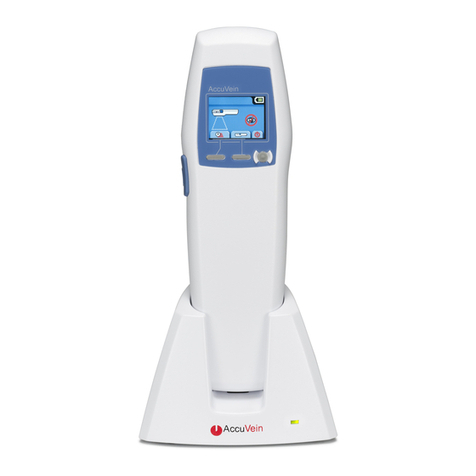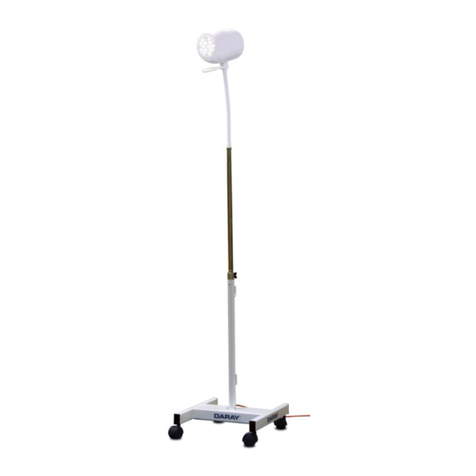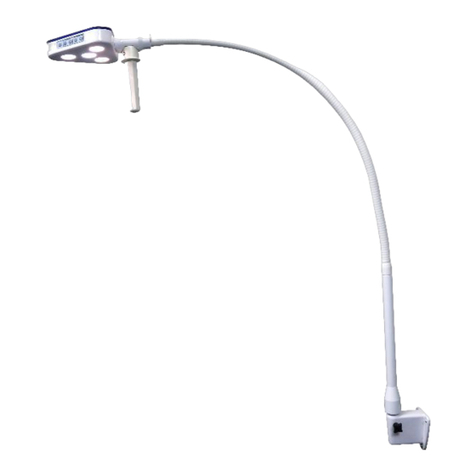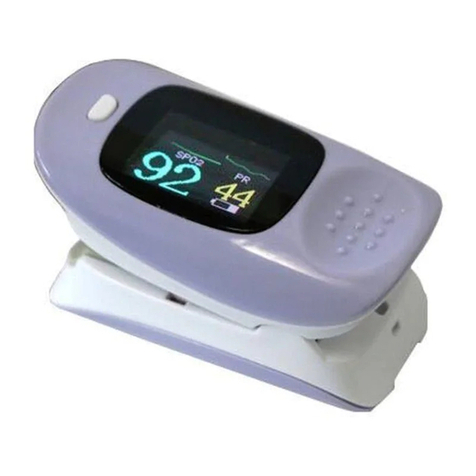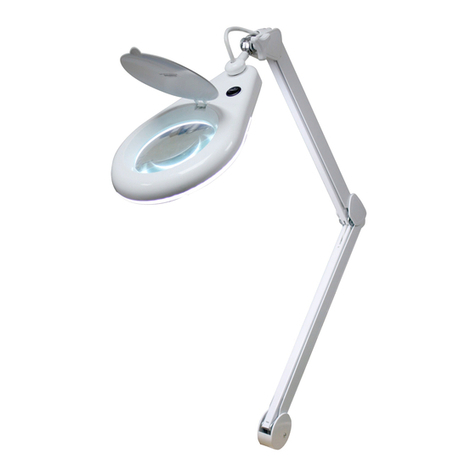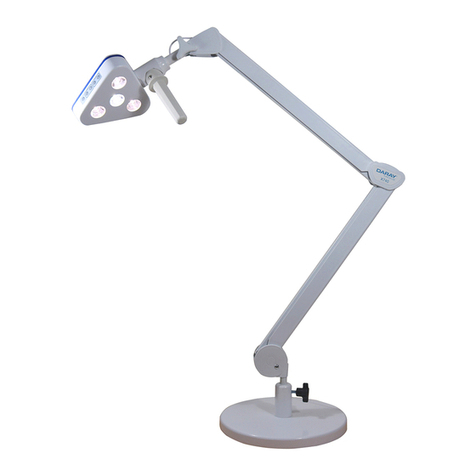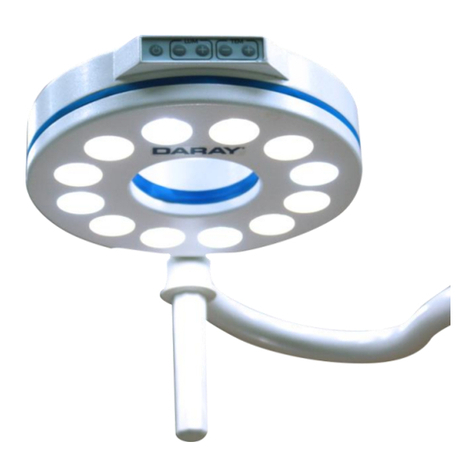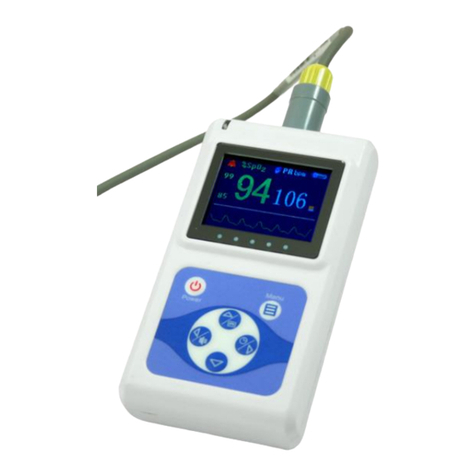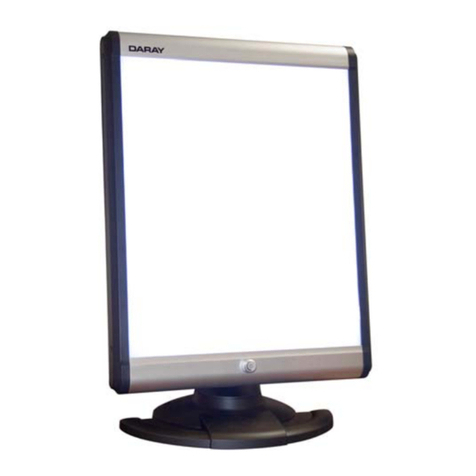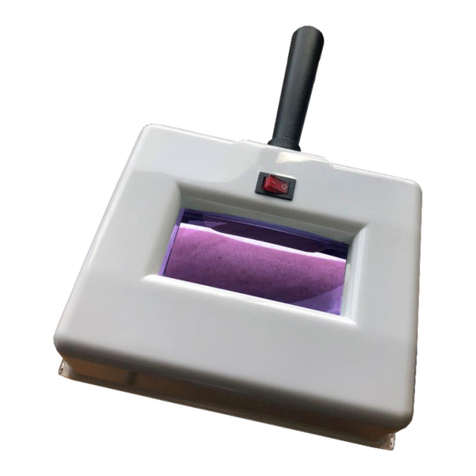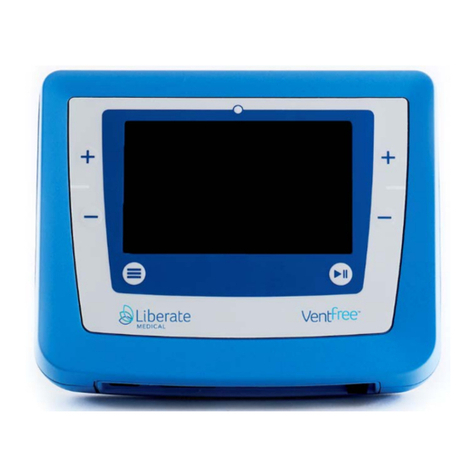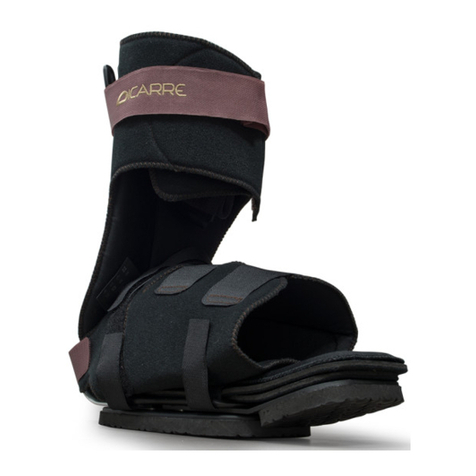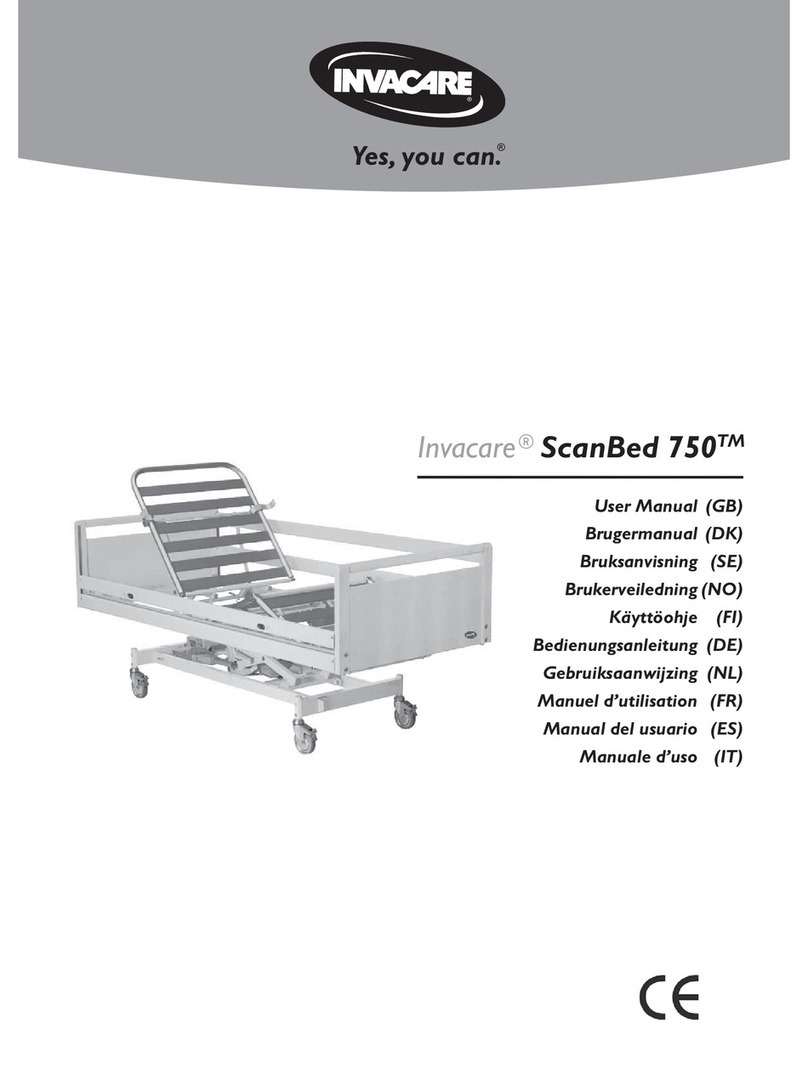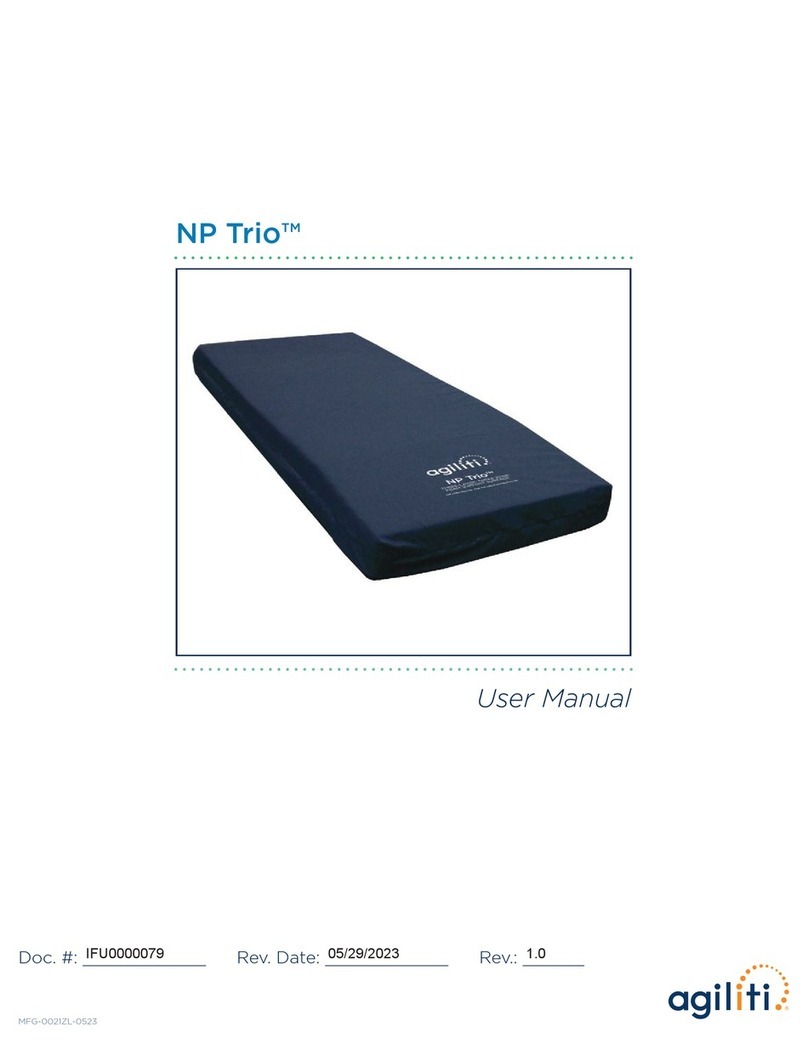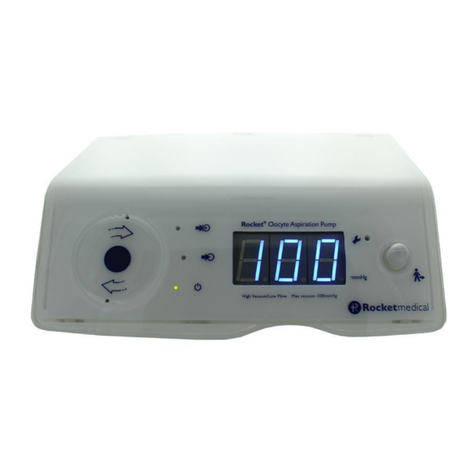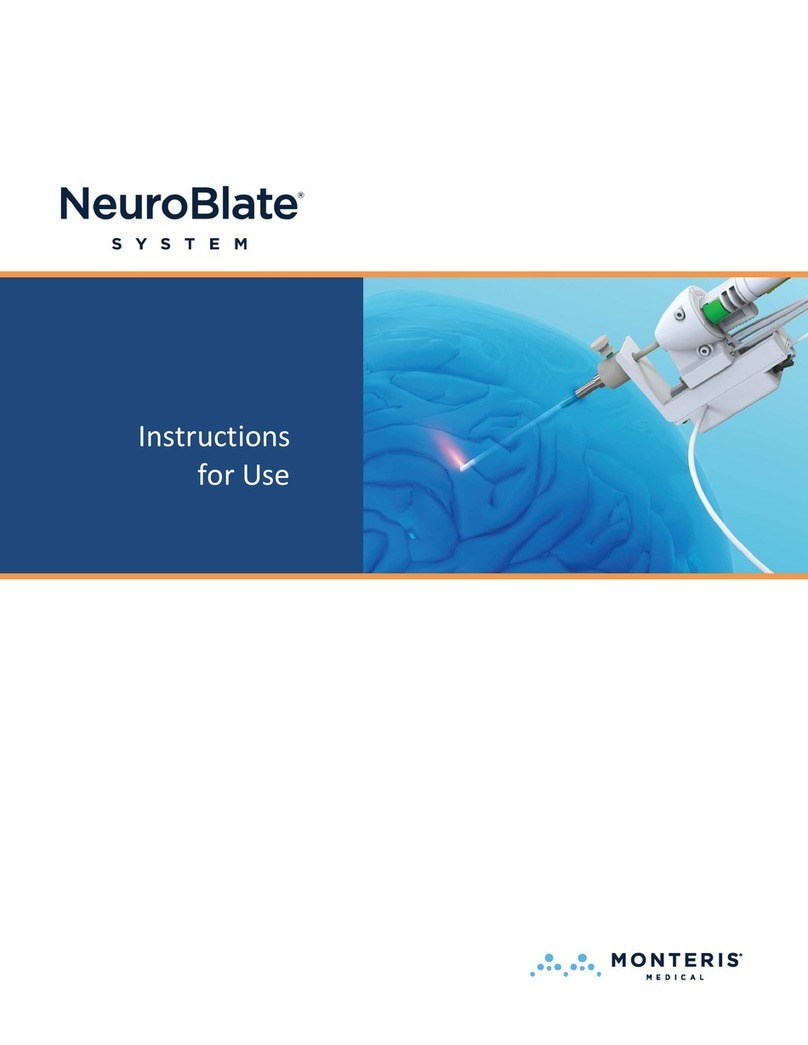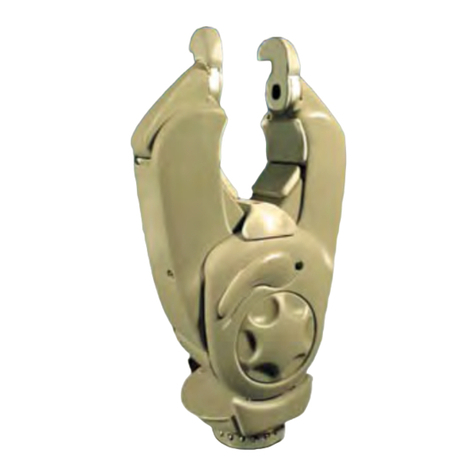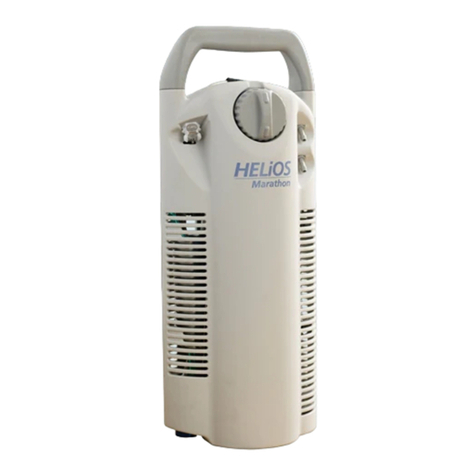Page 2of 35
Table of Contents
1. Introduction........................................................................................... 3
1.1 Supported Lights ................................................................................ 3
1.2 Installation Notice .............................................................................. 4
1.3 Pre-Installation Responsibilities and component packing list ............................ 5
1.4 Technical Drawings ............................................................................. 6
2. Technical Specifications ............................................................................ 8
3. Operation.............................................................................................. 9
3.1 Pre-Start Checks ................................................................................ 9
3.2 Motion Sensor Operation ....................................................................... 9
3.3 Manual Switch Operation .................................................................... 10
3.4 Handles ......................................................................................... 11
4. Installation Guide Section ........................................................................ 12
4.1 Ceiling Mounted Version (EXCELC) ......................................................... 13
4.1.1 Considerations ........................................................................... 13
4.1.2 Attachment methods and void suspension .......................................... 14
4.1.3 Lighting configuration .................................................................. 15
4.1.4 Affixing the Ceiling plate .............................................................. 15
4.1.5 Downtube adjustment and installation .............................................. 16
4.1.6 Wiring and transformer layout ........................................................ 18
4.1.7 Arm installation ......................................................................... 19
4.1.8 Fitting the lighthead.................................................................... 20
4.2 Wall Mounted Version (EXCELW)............................................................ 21
4.2.1 Considerations ........................................................................... 21
4.2.2 Lighting configuration .................................................................. 22
4.2.3 Attaching the Wall mount bracket ................................................... 22
4.2.4 Arm installation ......................................................................... 22
4.2.5 Wiring and transformer layout ........................................................ 23
4.2.6 Fitting the lighthead.................................................................... 24
4.3 Floor Mounted Version (EXCELDFM) ........................................................ 25
5. Maintenance ........................................................................................ 27
5.1 Maintenance schedule........................................................................ 27
5.2 Safety Precautions ............................................................................ 27
5.3 Product cleaning & care guidelines ........................................................ 28
5.4 Fuses and their replacement ................................................................ 29
6. Adjustment of Arm Balance to Eliminate Drift ................................................ 30
7. Troubleshooting Guide ............................................................................ 31
7.1 Safety Precautions ............................................................................ 32
8. Spare Parts .......................................................................................... 32
9. Warranty Information ............................................................................. 33
9.1 Returns Policy ................................................................................. 33
9.2 Warranty Details .............................................................................. 34

